Mangroves for Resilience
Blue Carbon in Sri Lanka
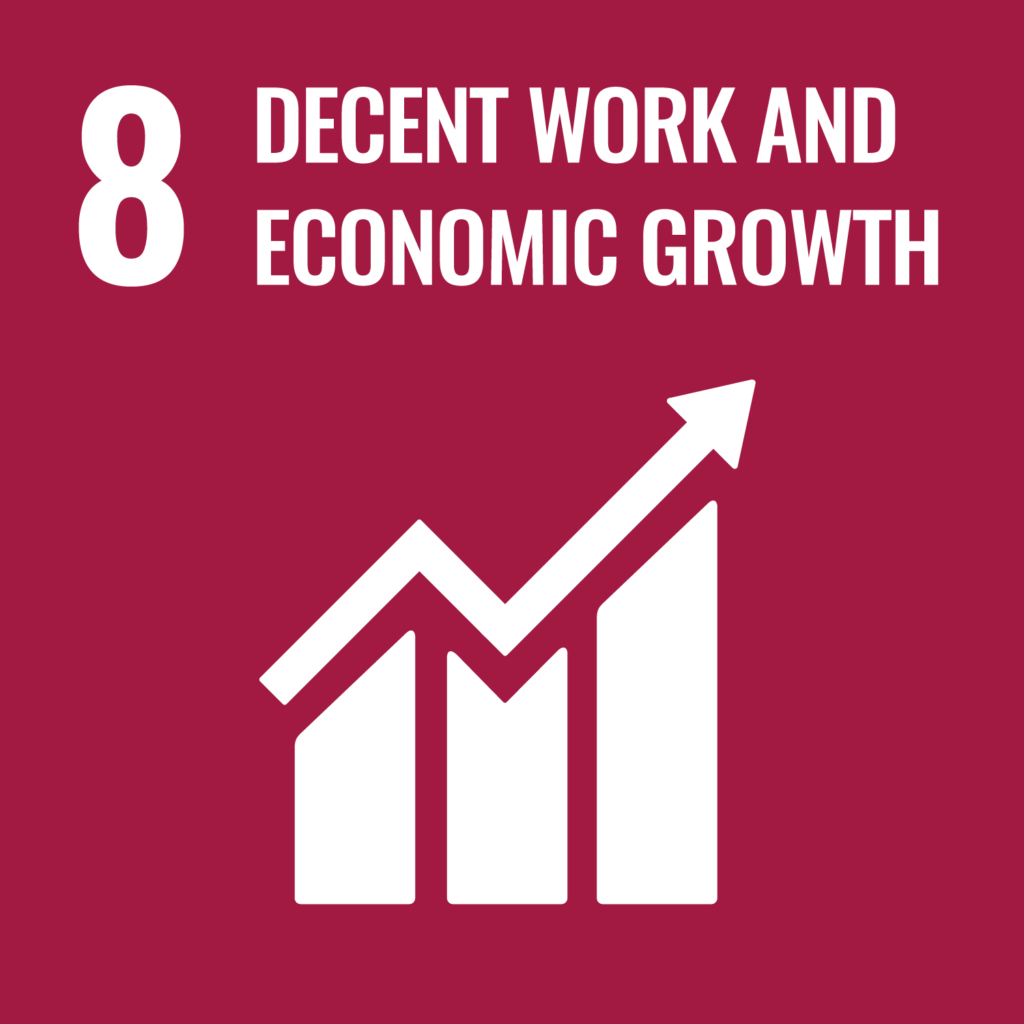
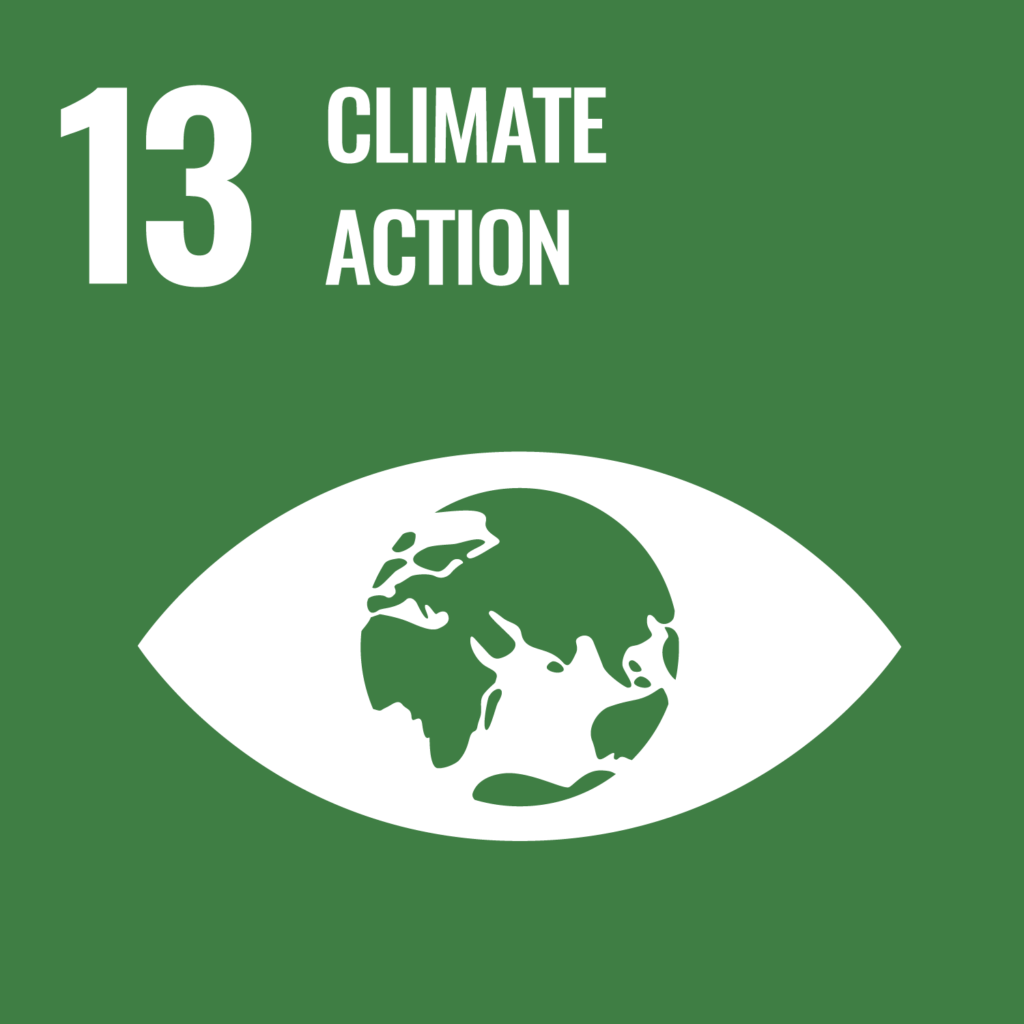
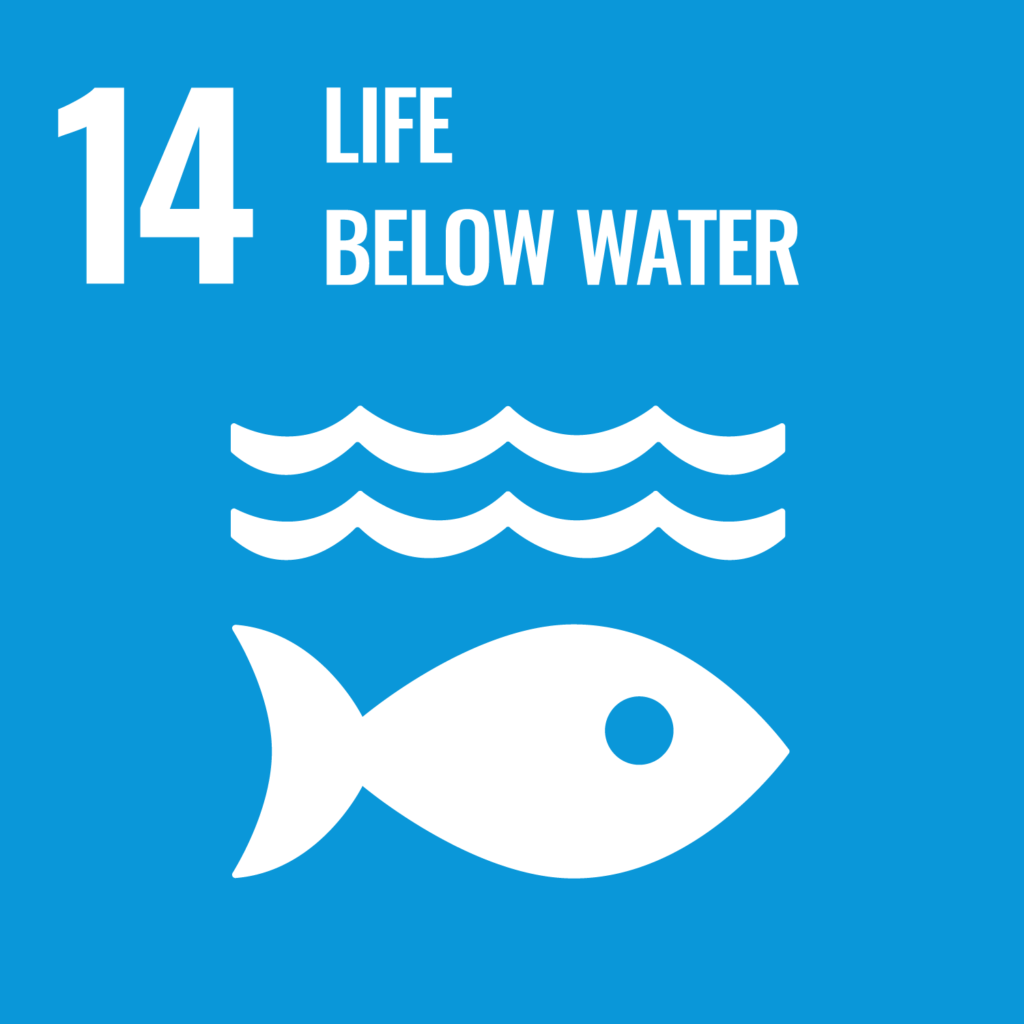
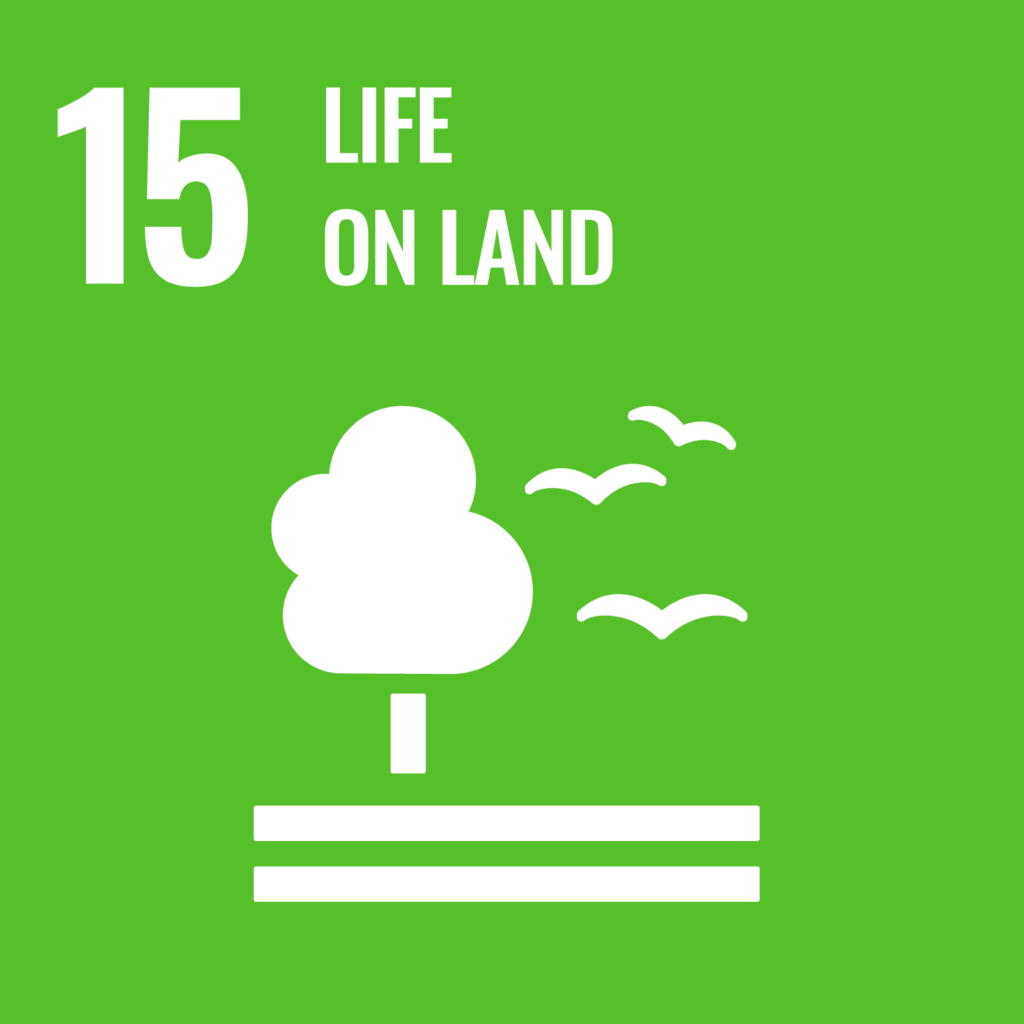
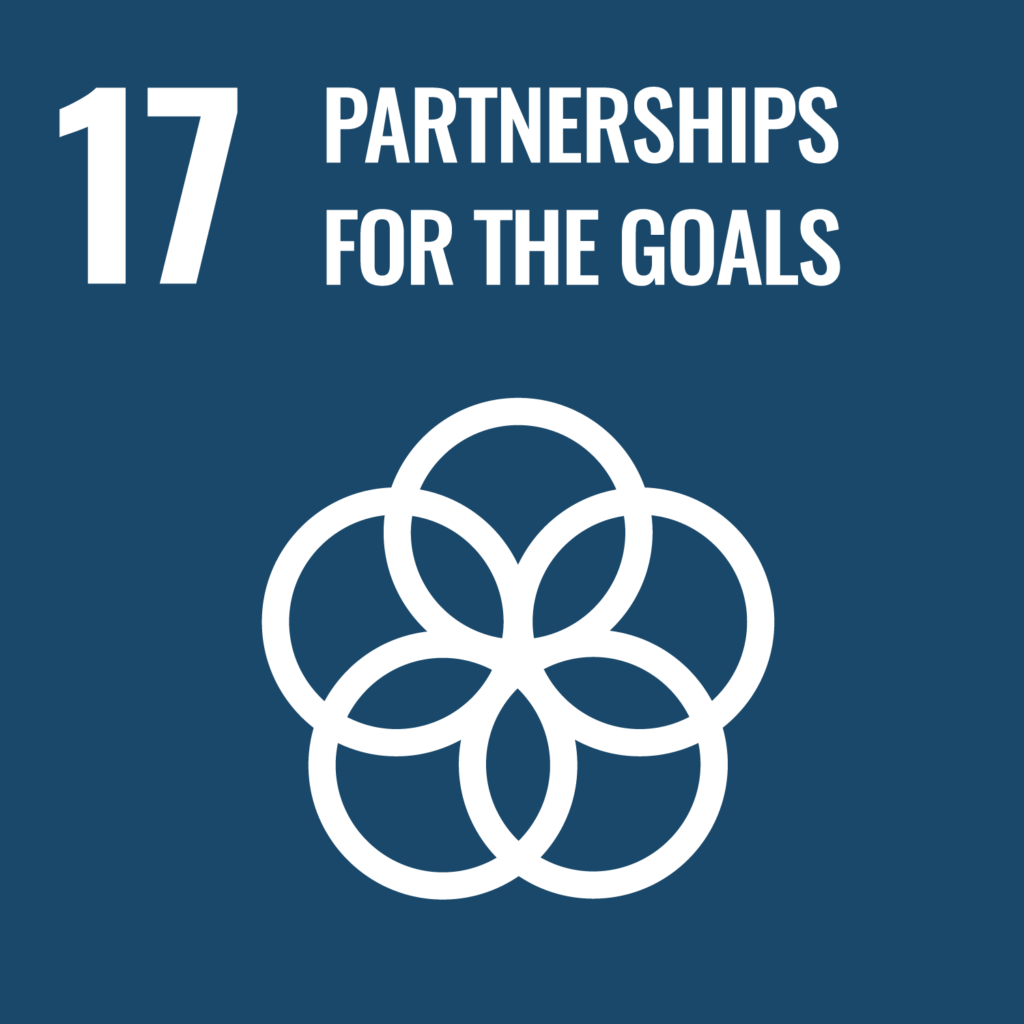
Sri Lanka’s coastline is undergoing a transformation as a dedicated group of conservationists and local communities work tirelessly to restore its mangrove forests. The Sri Lanka Turtle Conservation Program (TCP) has taken the lead on the ground with us on a project that spans 12 coastal districts and has achieved the ambitious goal of restoring 3,000 hectares of degraded coastal lands and lagoons. At the heart of this initiative lies a deep commitment to community engagement and livelihoods. Additionally, this mangrove planting program serves as an important adaptation action for the island nation, which has been battered by storms and tsunamis.
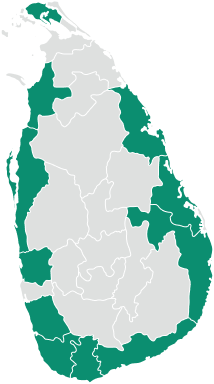
Sri Lanka
Project Location: Jaffna, Mulativu, Trincomalee, Batticaloa, Amapara, Hambantota, Matara, Galle, Kalutara, Gampaha, Puttlam, and Mannar; Sri Lanka
Methodology: Afforestation & Reforestation of Degraded Mangrove Habitats
Standard: Verified Carbon Standard
![]() Targeted Plantation: 13 Million+
Targeted Plantation: 13 Million+
![]() Lifetime Reductions: 2.4 million tCO₂e
Lifetime Reductions: 2.4 million tCO₂e
![]() Plantation Area: 3,000 Ha
Plantation Area: 3,000 Ha
Species
Rhizophora Apiculata
Rhizophora Mucronata
Making Blue Carbon Work for Adaptation
Our mangrove forestry project is more than just environmental restoration; it’s a dual enabler of socio-economic development and disaster resilience. By equipping rural women, youth, and fishermen with skills like tailoring, batik, sustainable fishing, and coconut weaving, we are trying to create long-term livelihoods. Alongside that, the large-scale mangrove planting program also serves as a protective wall against cyclones.

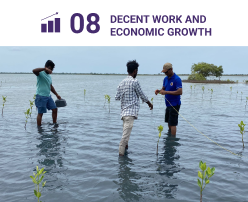
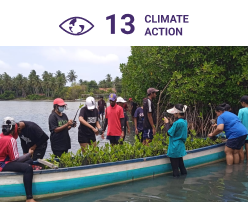
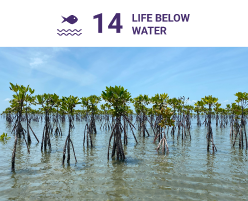
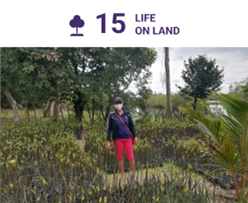
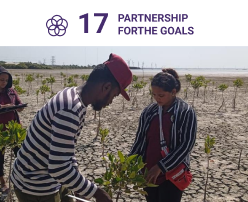
With a commitment to supporting coastal communities through sustainable livelihoods, our initiatives provide income-generating opportunities and actively engage and employ residents. By developing their skills in traditional crafts, promoting eco-tourism, supporting sustainable fisheries, and exploring renewable energy solutions, we are helping coastal groups become self-sufficient and contribute to a more sustainable future.
These restored mangrove forests play a crucial role in reducing greenhouse gas emissions and enhancing climate resilience by sequestering carbon dioxide and mitigating coastal erosion. Additionally, the project’s focus on sustainable livelihoods and community engagement fosters adaptive capacity, enabling local communities to cope with the challenges of climate change.
Mangroves serve as nurseries for a wide range of marine species, providing critical habitat for fish, shrimp, crabs, and other aquatic organisms. By restoring degraded mangrove forests, we’re creating and preserving essential breeding grounds and feeding areas for aquatic life. Additionally, the project’s focus on sustainable fisheries management and reducing pollution helps to protect marine ecosystems from harmful human activities. Through these efforts, we are working to ensure the health and vitality of our oceans and the diverse marine life they support.
Mangroves provide a unique interface between land and sea, supporting diverse terrestrial species. By restoring degraded mangrove forests, we’re creating and preserving habitat for a variety of birds, reptiles, mammals, and insects. Additionally, the project’s focus on sustainable livelihoods and reducing pollution helps to protect terrestrial ecosystems from harmful human activities. Through these efforts, we’re working to ensure the health and vitality of our planet’s ecosystems.
The project is the first demonstration of blue carbon in the country. Hence this serves as a template for future project deployments in the country. Additionally, the program works with universities and leading marine scientists of the region to enhance and archive local knowledge and data on mangroves and blue carbon in general. So this unique blend of community bodies, academia, federations, regional and federal ministries makes this project a pioneering initiative to cultivate collaboration and partnerships.
Livelihoods Take Center Stage

With a commitment to supporting coastal communities through sustainable livelihoods, our initiatives provide income-generating opportunities and actively engage and employ residents. By developing their skills in traditional crafts, promoting eco-tourism, supporting sustainable fisheries, and exploring renewable energy solutions, we are helping coastal groups become self-sufficient and contribute to a more sustainable future.
Mangroves for Adaptation

These restored mangrove forests play a crucial role in reducing greenhouse gas emissions and enhancing climate resilience by sequestering carbon dioxide and mitigating coastal erosion. Additionally, the project’s focus on sustainable livelihoods and community engagement fosters adaptive capacity, enabling local communities to cope with the challenges of climate change.
Breeding life: One Propagule at a Time

Mangroves serve as nurseries for a wide range of marine species, providing critical habitat for fish, shrimp, crabs, and other aquatic organisms. By restoring degraded mangrove forests, we’re creating and preserving essential breeding grounds and feeding areas for aquatic life. Additionally, the project’s focus on sustainable fisheries management and reducing pollution helps to protect marine ecosystems from harmful human activities. Through these efforts, we are working to ensure the health and vitality of our oceans and the diverse marine life they support.
Blue Carbon for Marine Fauna
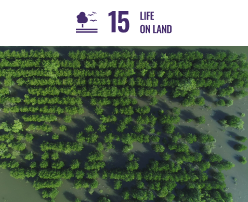
Mangroves provide a unique interface between land and sea, supporting diverse terrestrial species. By restoring degraded mangrove forests, we’re creating and preserving habitat for a variety of birds, reptiles, mammals, and insects. Additionally, the project’s focus on sustainable livelihoods and reducing pollution helps to protect terrestrial ecosystems from harmful human activities. Through these efforts, we’re working to ensure the health and vitality of our planet’s ecosystems.
Collaboration Between Policy Makers and Communities

The project is the first demonstration of blue carbon in the country. Hence this serves as a template for future project deployments in the country. Additionally, the program works with universities and leading marine scientists of the region to enhance and archive local knowledge and data on mangroves and blue carbon in general. So this unique blend of community bodies, academia, federations, regional and federal ministries makes this project a pioneering initiative to cultivate collaboration and partnerships.
Gallery
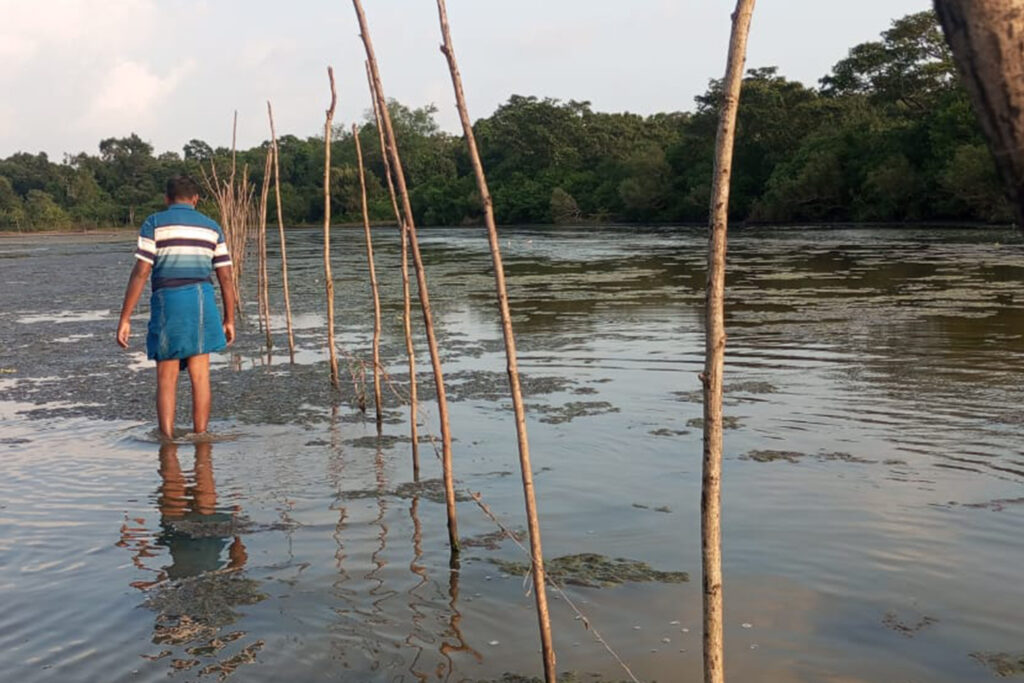
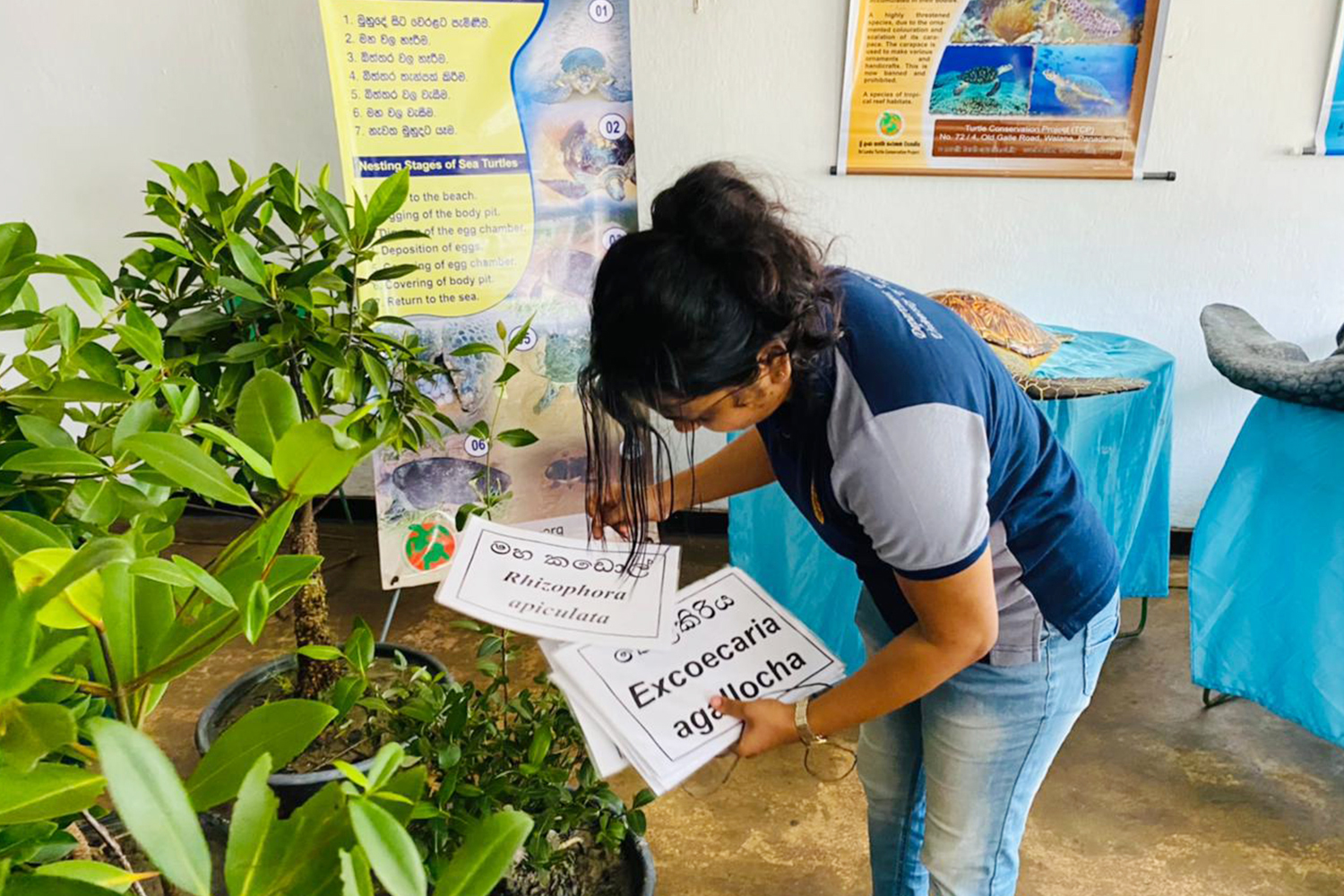
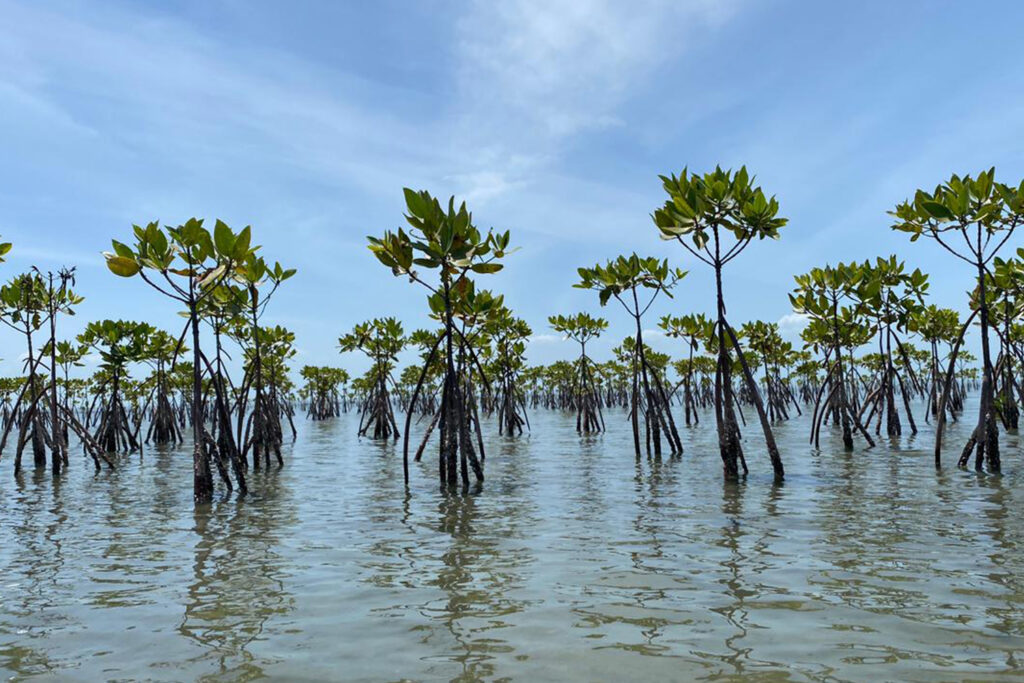
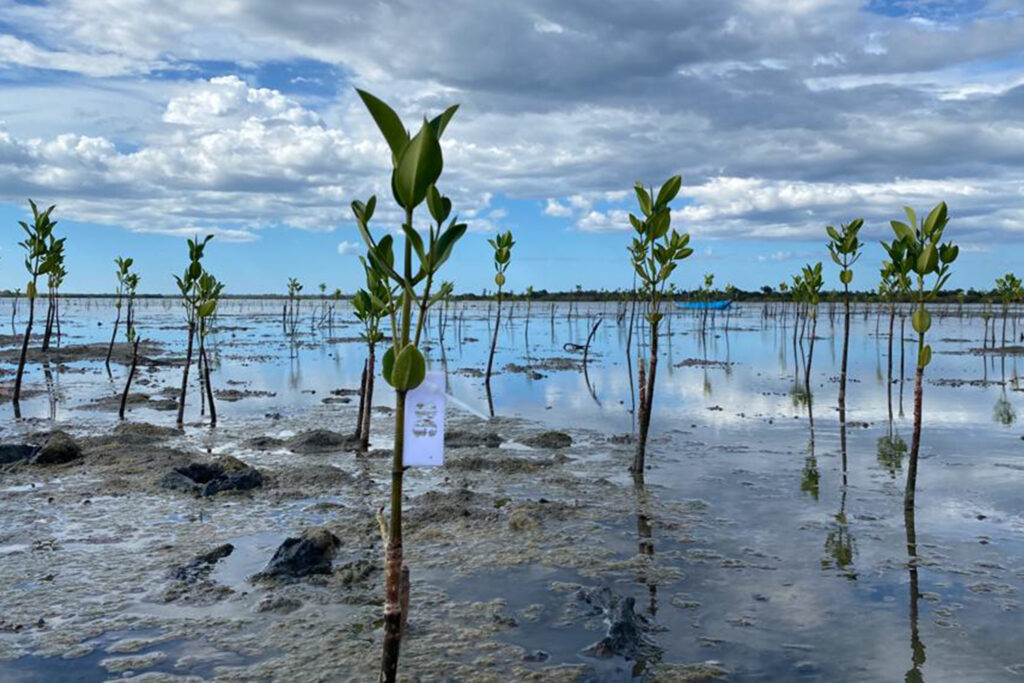
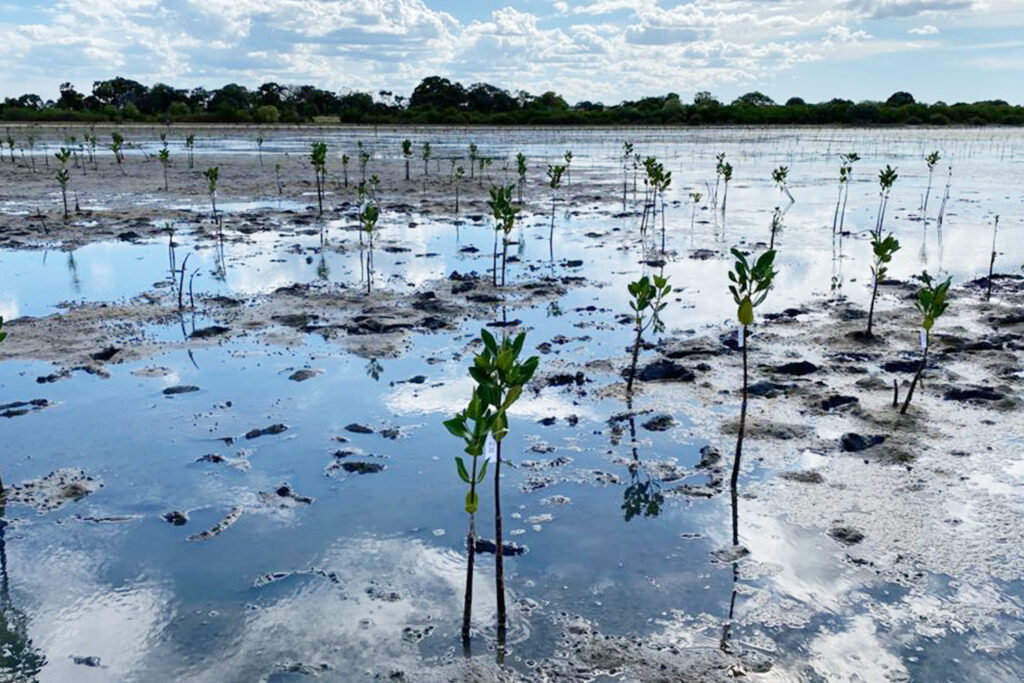
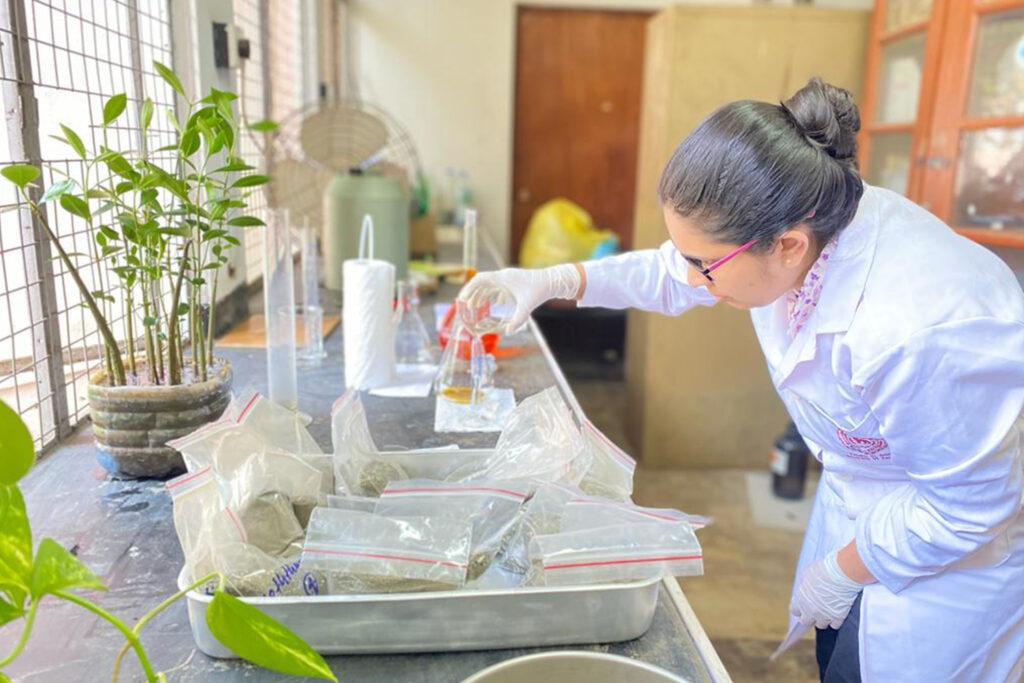
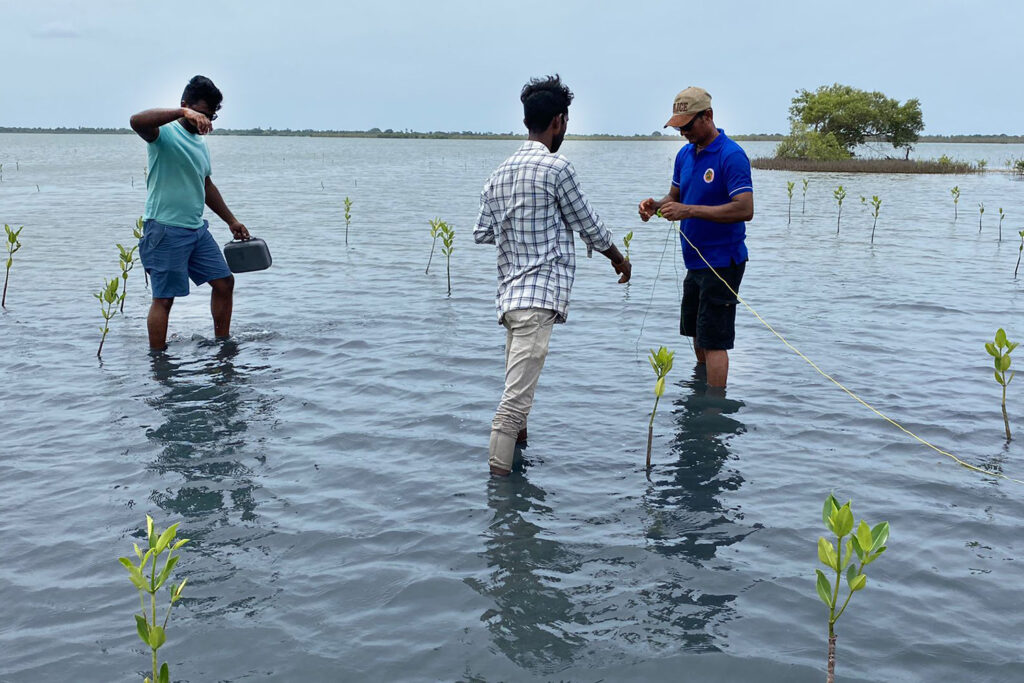
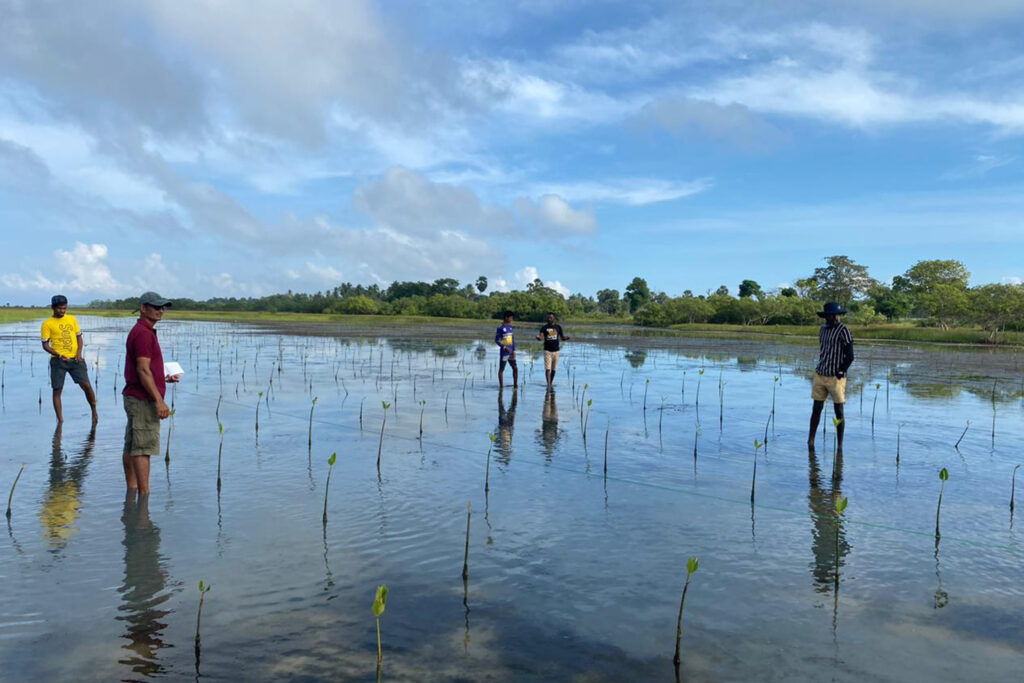
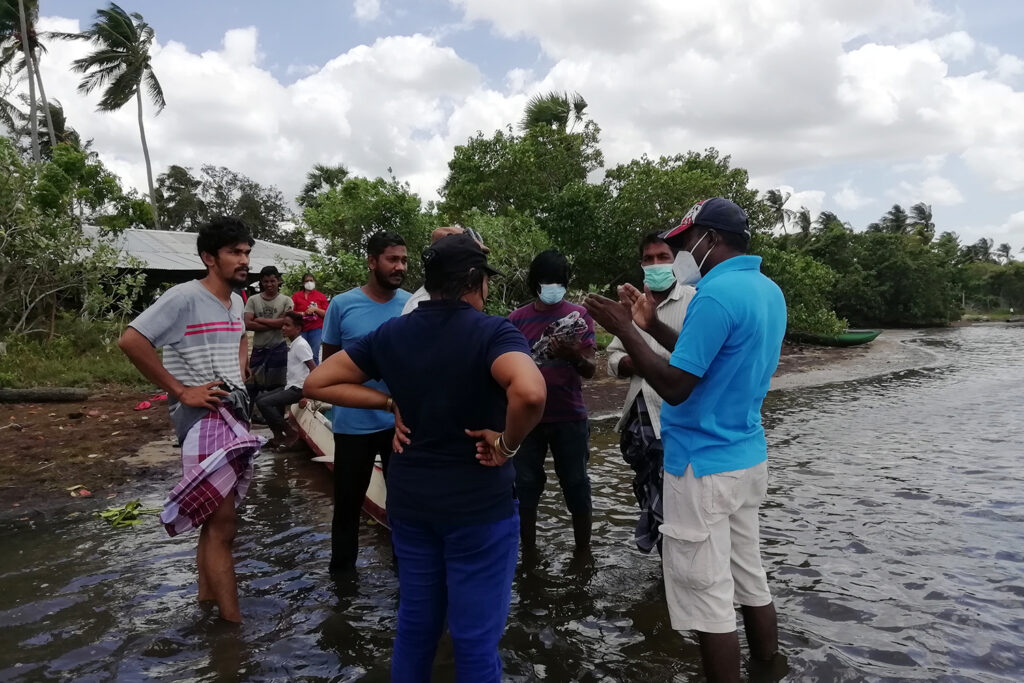
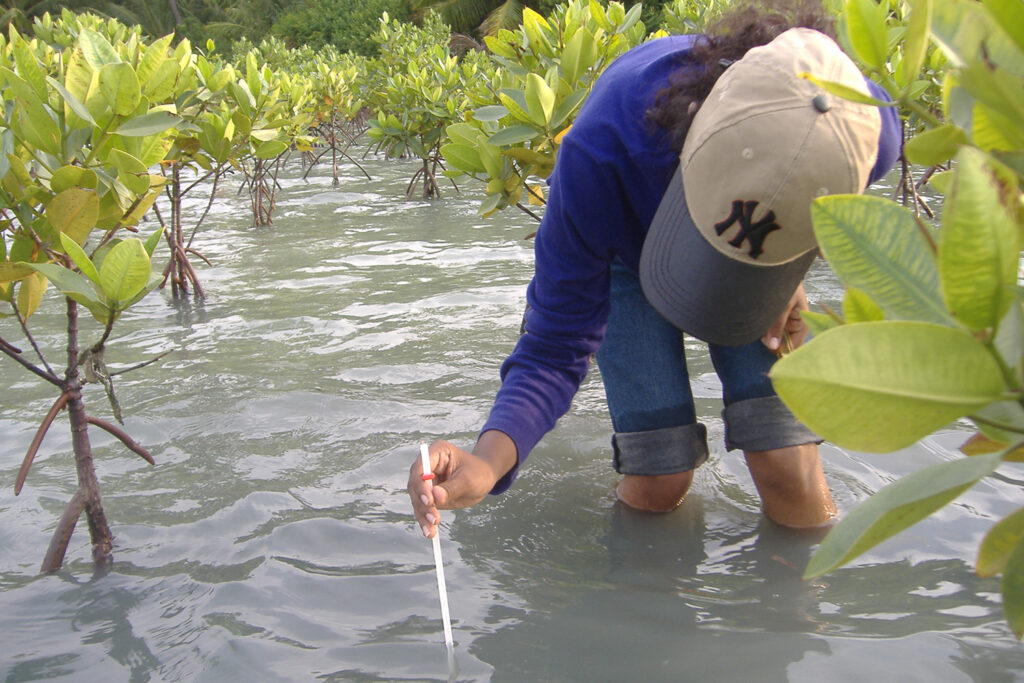
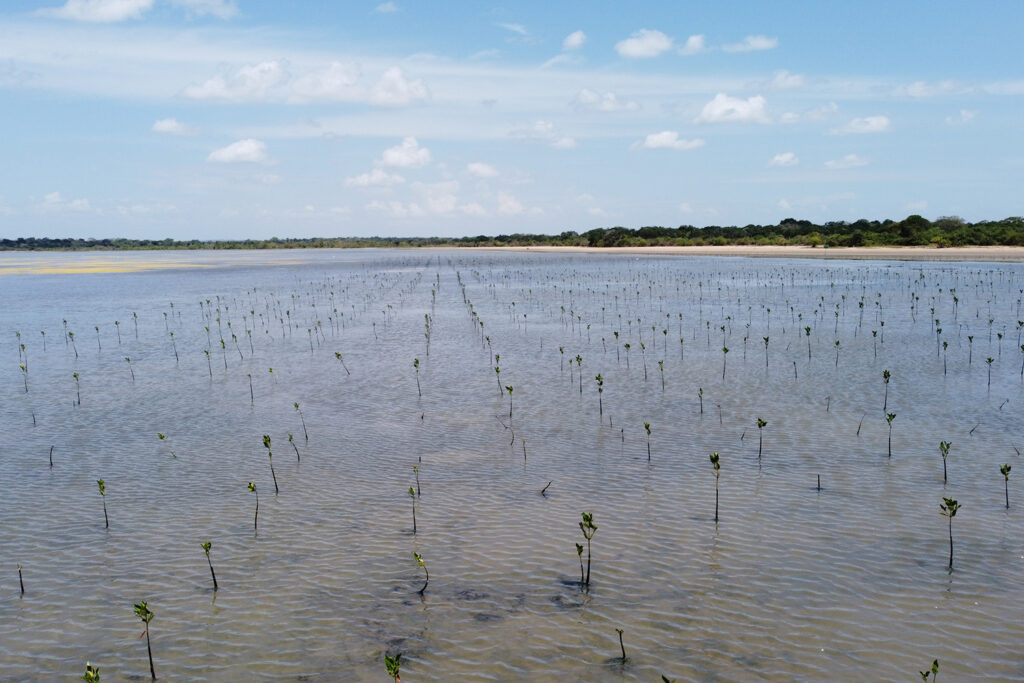
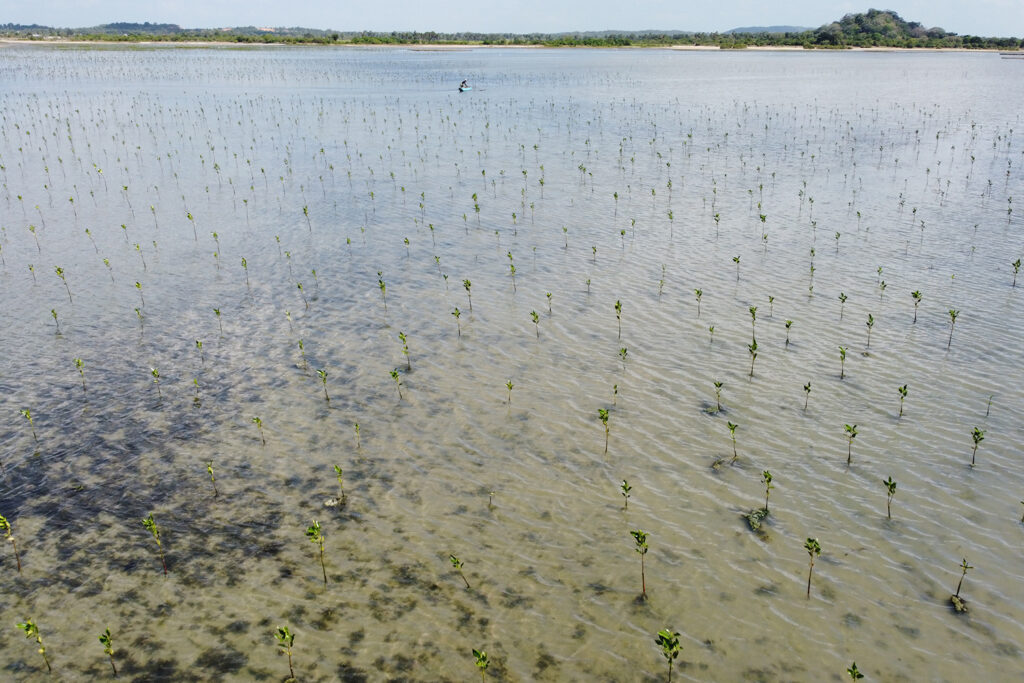
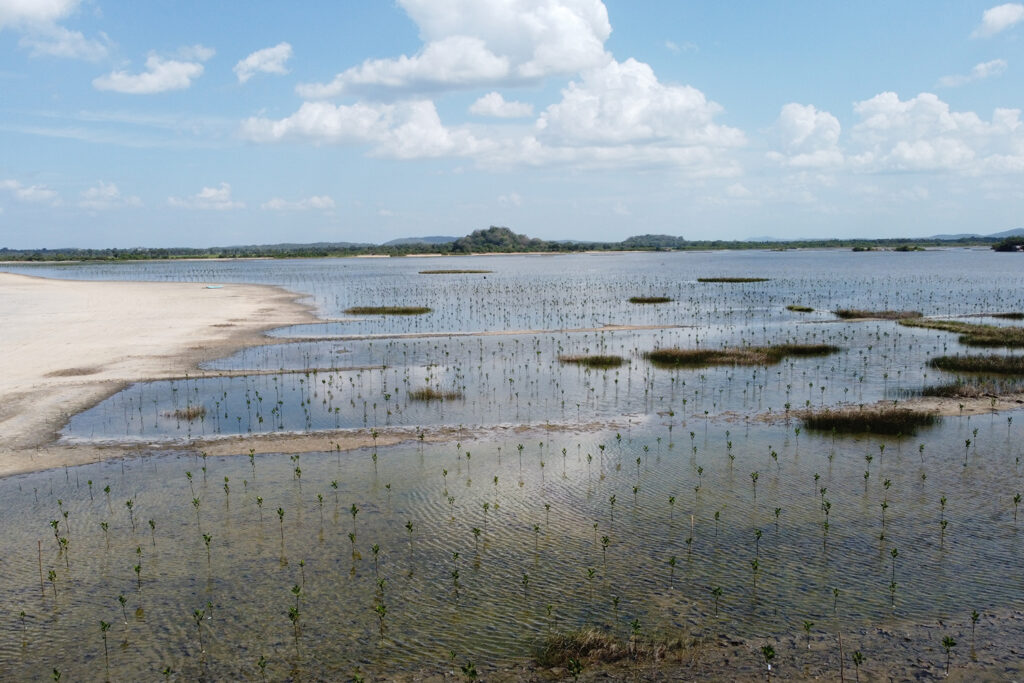
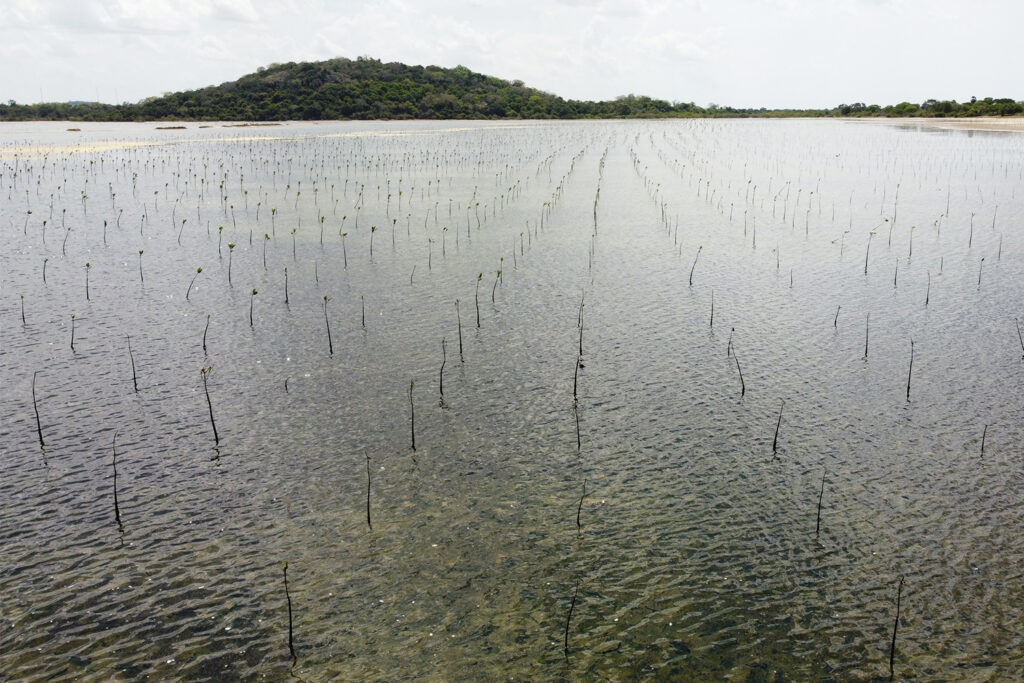
Be Part of
the Solution.
Be Part of the Solution.
Real Stories, Real Change
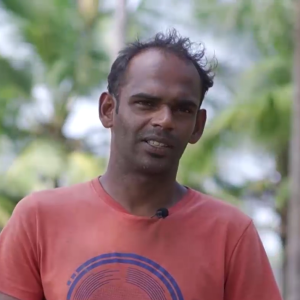
Ilang's Story

We are paid to plant seedlings, look after the plants, and manage nurseries. It’s a huge benefit for us. This mangrove restoration project is a very valuable project for the village.
Ilang Kumar
Plantation Group Member
Sri Lanka


